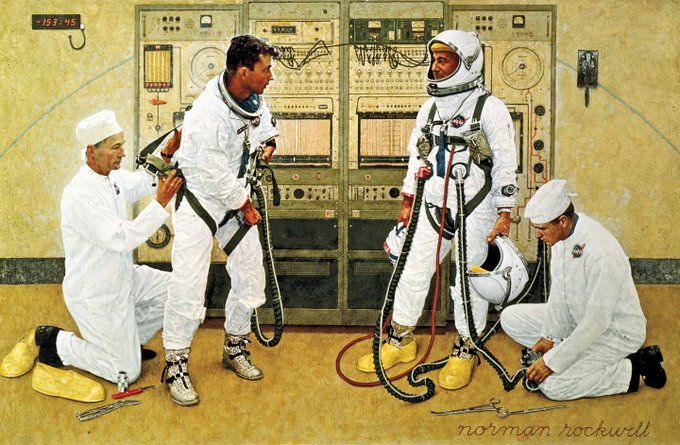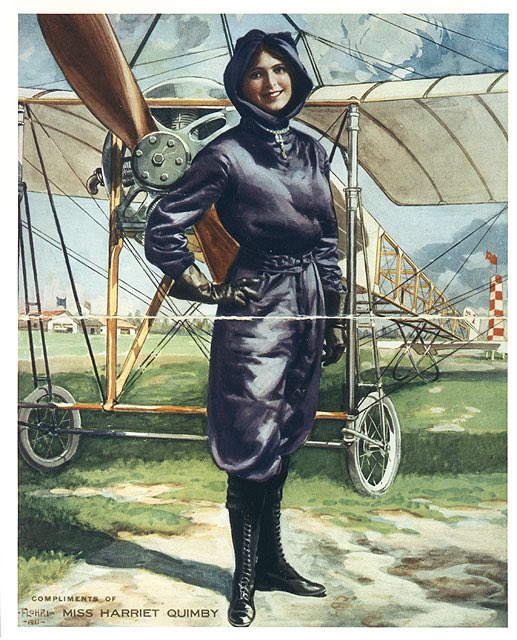Voyager 1 captured this picture while looking back at Saturn just a few days after its closest approach to the ringed planet. The approximate distance at the time of the shot was 3.3 million miles when it was captured on November of 1980.
#TDIH in 1783: The first human beings to take to the air in free flight did so aboard a Montgolfier balloon from the garden of the Chateau de la Muette. #IdeasThatDefy
“Fly me to the moon. Let me play among the stars. Let me see what spring is like on a-Jupiter and Mars.”
We can’t help but think of Frank Sinatra’s “Fly Me to the Moon” with this art piece by Rick Guidice showing Pioneer 10 crossing the Asteroid Belt between Jupiter and Mars.
Stephen Hawking lost a bet—placed in 1974—that Cygnus X-1 was not a black hole.
Astronomers used several telescopes including @ChandraXray to study Cygnus X-1, which is in fact a black hole about 15 times the mass of the Sun.
On this day in 1962, NASA administrator James Webb issued a memo that became the birth certificate of the NASA Art Program. Webb hoped the commission of fine art would help communicate the cultural significance of the space program’s initial advancements: https://t.co/TNNTBBZz9J
One last time.
Today in 2003, Pioneer 10 phoned home for the last time. It was 7.6 billion miles away from Earth. Traveling at the speed of light, Pioneer's signal was very weak and took 11 hours to reach Earth: https://t.co/TTcFbGtFZ9
Today in 1958: President Eisenhower signed the National Aeronautics and Space Act (Public Law 85–568), establishing @NASA.
Harriet Quimby was the first American woman to earn a pilot's license, and the first woman to fly solo across the English Channel. Known for her signature purple flying suit, she was one of the most popular early female aviators: https://t.co/Np92QlJhe5 #WomensHistoryMonth
Today in 1998, the first piece of the #ISS, the Russian Space Agency's Zarya module, launched. It was joined a few weeks later by the U.S.'s first component, the Unity module.
*Dream job alert!* For the last two decades, Natalie Batalha has been a planet hunter: she uses data from Kepler and other space-based telescopes to find planets outside our solar system.
She's speaking at Air and Space on February 20. Free tickets: https://t.co/vS7j35Iz5p













